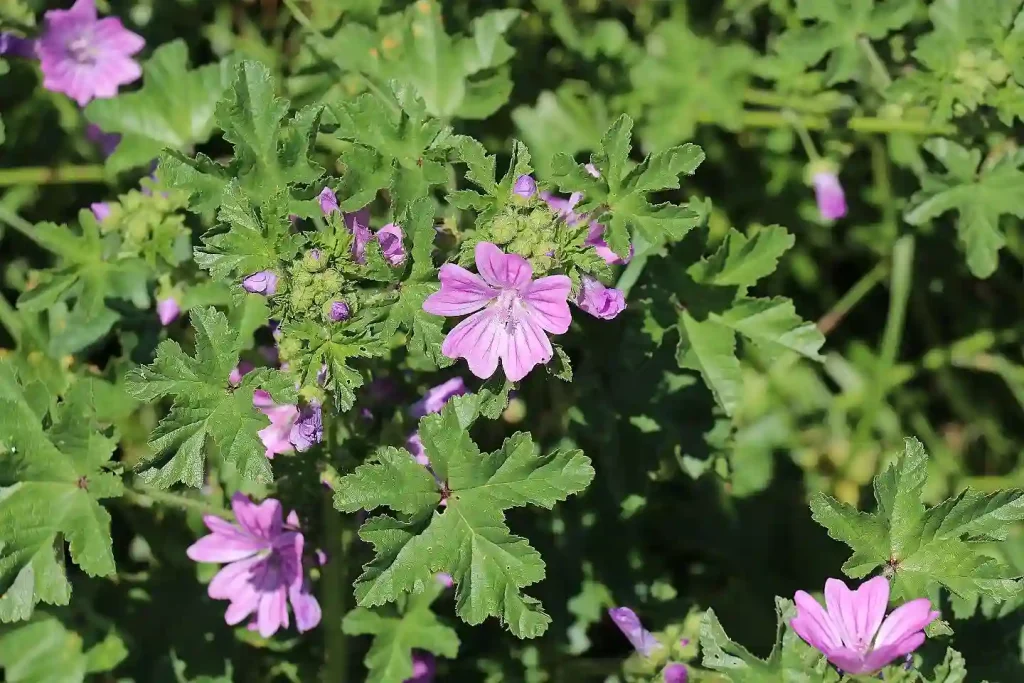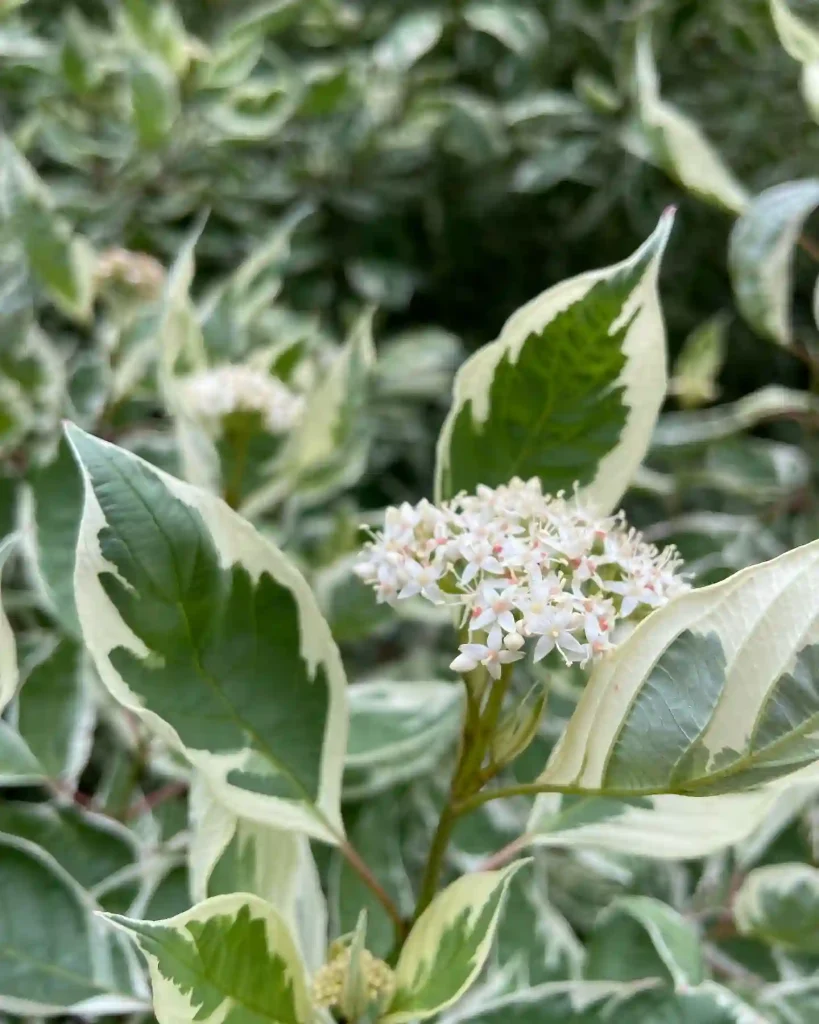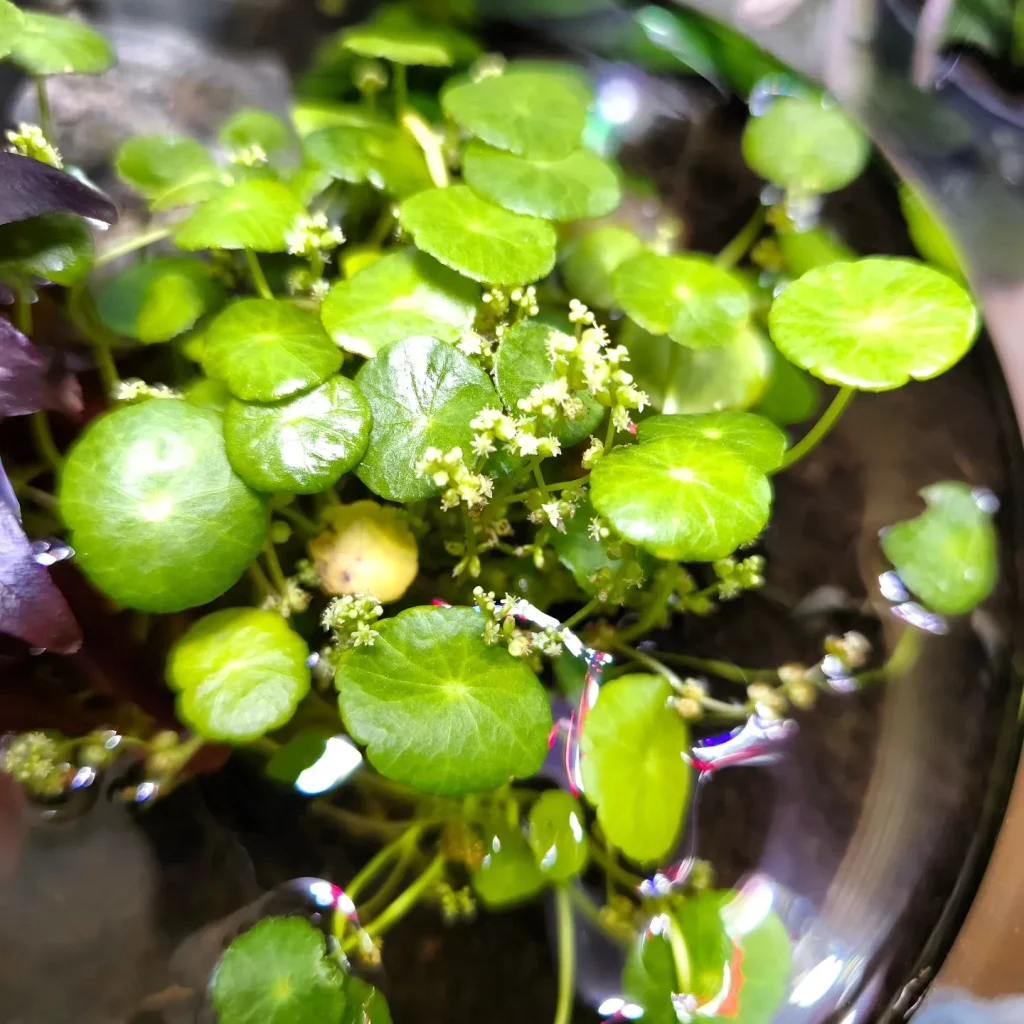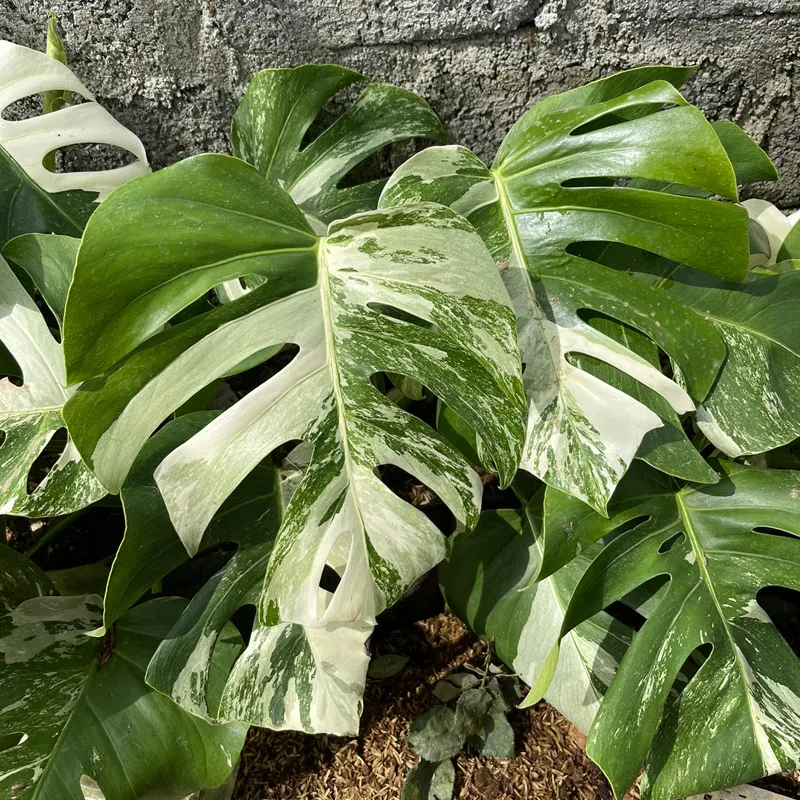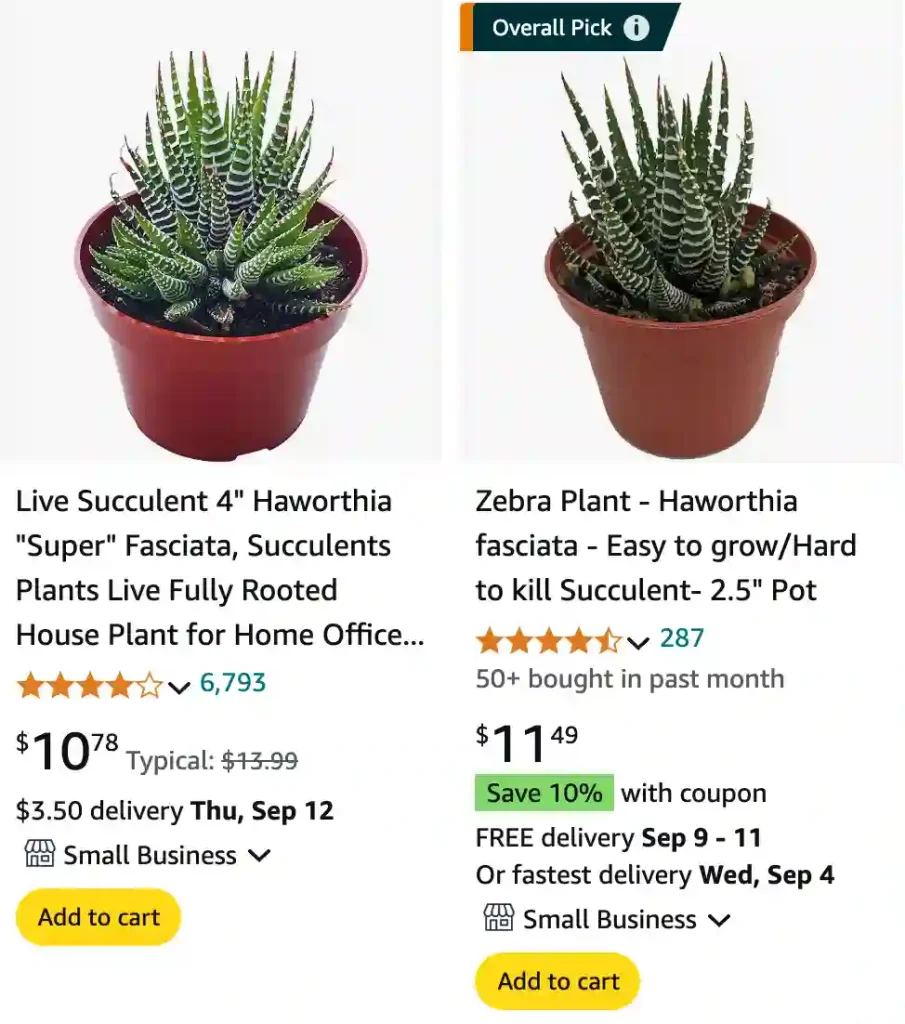
FAQs About Haworthia Fasciata
If you’re new to succulents, you might be wondering about the intricacies of caring for a Haworthia Fasciata. This charming little plant is known for its striking appearance and low maintenance needs. In this article, I’ll address common questions and share insights based on my experiences with Haworthia Fasciata.
59 Species in Genus Haworthia
What is Haworthia Fasciata?
Haworthia Fasciata, a synonym of Haworthiopsis Fasciata, often called the Zebra Plant, is a succulent native to South Africa. It’s admired for its rosette of thick, dark green leaves that are adorned with white, horizontal stripes. These stripes give it a zebra-like appearance, making it a popular choice for succulent enthusiasts.
How to Care for Haworthia Fasciata?
Caring for Haworthia Fasciata is relatively simple. It thrives in bright, indirect light but can tolerate some direct sunlight. I’ve found that placing it near a window with filtered light works best. It prefers well-draining soil, so a mix designed for succulents or cacti is ideal.
How to Water Haworthia Fasciata?
When it comes to watering, Haworthia Fasciata prefers to dry out completely between waterings. I usually water mine every 2-3 weeks during the growing season (spring and summer) and reduce watering in the winter. Overwatering is a common issue, so make sure the pot has drainage holes and that excess water can escape.
How to Propagate Haworthia Fasciata?
Propagating Haworthia Fasciata is straightforward. It can be done through offsets, which are small plants that grow around the base of the main plant. I gently separate these offsets from the main plant using a clean, sharp knife. Allow the offsets to dry for a day or two before planting them in a new pot with well-draining soil.
How Do You Keep Haworthia Fasciata Black?
If you want to keep your Haworthia Fasciata looking vibrant and not black, ensure it gets enough light. A lack of light can cause it to lose its vibrant color and turn darker. However, if it’s turning black, it might be a sign of overwatering or poor drainage.
Are Haworthia Fasciata Safe for Cats?
Haworthia Fasciata is generally considered non-toxic to cats. I’ve had mine around pets without any issues. However, it’s always a good idea to keep an eye on your pets to ensure they don’t munch on your plants.
Is Haworthia Fasciata Pet Safe?
Yes, Haworthia Fasciata is pet safe. It won’t harm your cats or dogs if they nibble on it, but it’s still best to discourage them from eating any plants.
How Big Do Haworthia Fasciata Get?
Haworthia Fasciata is a compact plant. It typically grows to about 3-5 inches in height and width. Its small size makes it a perfect choice for small pots and indoor spaces.
What is the Difference Between Haworthia Fasciata and Haworthia Attenuata?
Haworthia Fasciata and Haworthia Attenuata are often confused because they look similar. The primary difference is in their stripes: Haworthia Fasciata has more pronounced, white stripes, while Haworthia Attenuata’s stripes are less distinct and can be more textured. Additionally, the leaves of Haworthia Attenuata are more pointed compared to the broader, more rounded leaves of Haworthia Fasciata.
When Does the Haworthia Fasciata Bloom?
Haworthia Fasciata blooms in late winter or early spring. The flowers are small, tubular, and typically white or pale pink. They emerge on a thin, flower spike that rises above the rosette.
What to Do with Haworthia Fasciata Flowers?
The flowers of Haworthia Fasciata are quite delicate. I usually leave them on the plant until they wilt naturally. If you prefer, you can trim the flower spike once the blooms have faded.
How to Know if Haworthia Fasciata is Not Dead?
To check if your Haworthia Fasciata is still alive, look for firm, green leaves. If the leaves are mushy, black, or have fallen off, it might be a sign of overwatering or root rot. Gently remove the plant from its pot to inspect the roots. Healthy roots should be white or light tan.
Can You Grow Haworthia Fasciata Indoors?
Absolutely! Haworthia Fasciata is an excellent indoor plant. It thrives in bright, indirect light, making it perfect for indoor environments where sunlight might be limited.
Common Problems with Haworthia Fasciata
The most common issues with Haworthia Fasciata are overwatering and lack of light. Overwatering can lead to root rot, while insufficient light can cause the plant to become leggy or lose its vibrant color. Ensuring proper watering and light conditions will help keep your plant healthy.
Conclusion
Haworthia Fasciata is a delightful and resilient succulent that’s easy to care for, making it a great choice for both beginners and experienced plant lovers. By providing the right amount of light, water, and proper soil, you can enjoy this unique plant’s beauty and charm for years to come.
If i die, water my plants!
